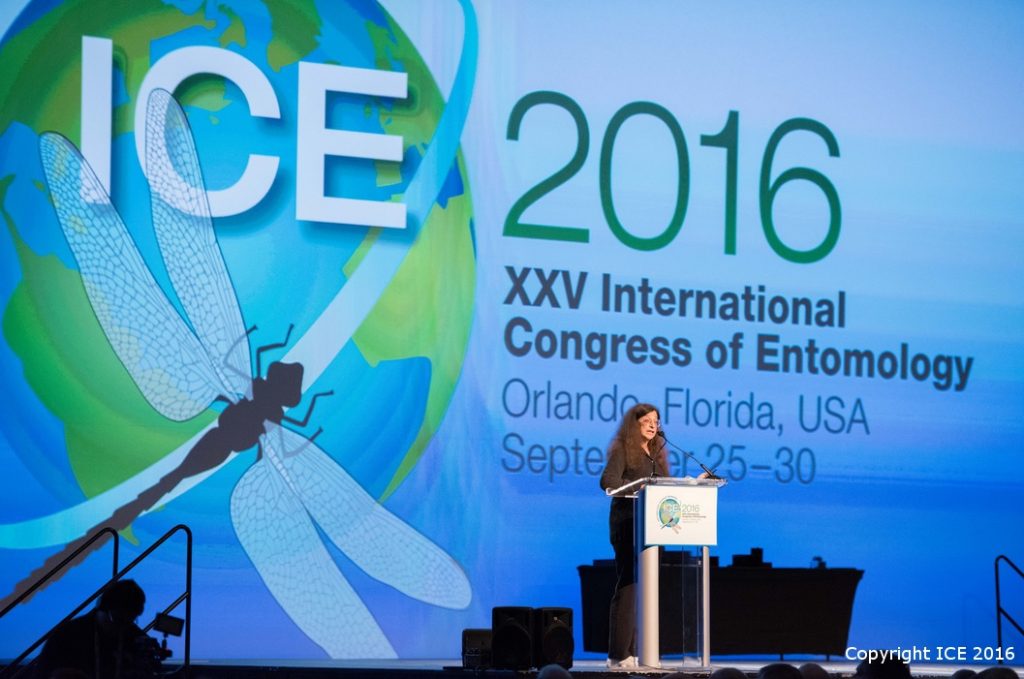Our latest model BEESCOUT (download here) has recently been showcased at the International Congress of Entomology and published in the Journal Ecological Modelling. BEESCOUT predicts landscape exploration behaviour of bumblebees and honeybees and is based on empirical movement data of bees tracked by harmonic radar (Osborne et al. 2013).
BEESCOUT is a significant step towards modelling the multiple stressors that operate at multiple scales that are causing worldwide pollinator declines. It is difficult and expensive to gather empirical data on landscape scale movement of pollinators. With BEESCOUT, we can estimate the probability of bees detecting food sources far beyond the scope of previous data and begin to understand what leads to colony failure. BEESCOUT will further enhance the use of the BEEHAVE honeybee model by allowing researchers to setup realistic landscapes and feed these into the BEEHAVE colony model.
Model developer Dr Matthias Becher showcased some of the applications of BEESCOUT at the International Congress of Entomology where thousands of invertebrate scientists from over 100 countries gathered to share their recent scientific findings in Orlando, Florida USA.
Matthias presented his research in the symposium for Modelling the movement of arthropods in agricultural landscapes hosted by Hazel Parry, Cate Paull and Nancy Schellhorn from CSIRO. He showed how the biological and behavioural differences between honeybees and bumblebees can drastically affect their ability to find food sources. Bumblebees may be more susceptible to changes in food source distribution and probability of detection because they have small colonies and no sophisticated recruitment unlike honeybees with large colonies and recruitment to specific food sources via waggle dances. This may be an important consideration for pollinator targeted conservation and when assessing the impact of landscape change on pollinator communities.


